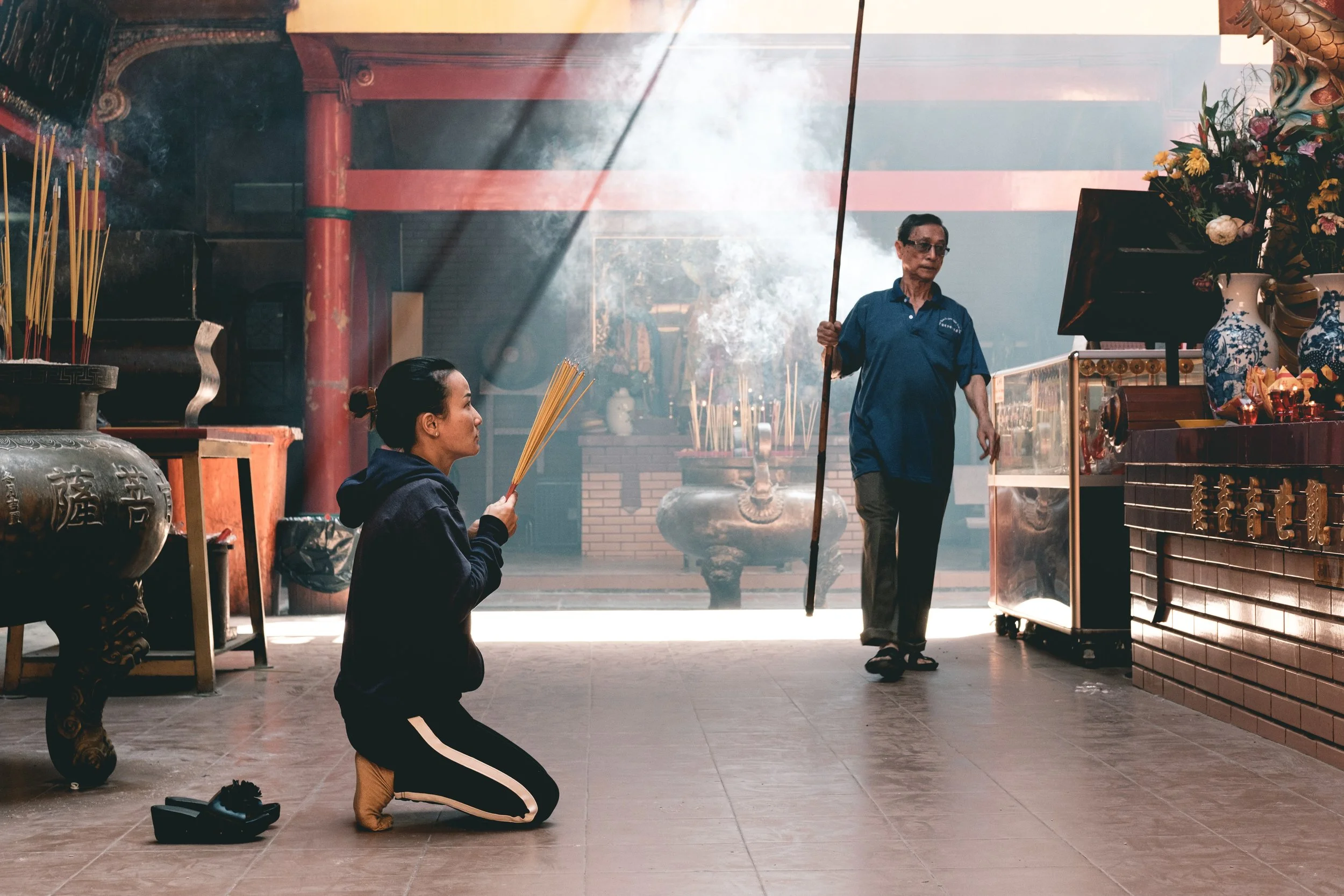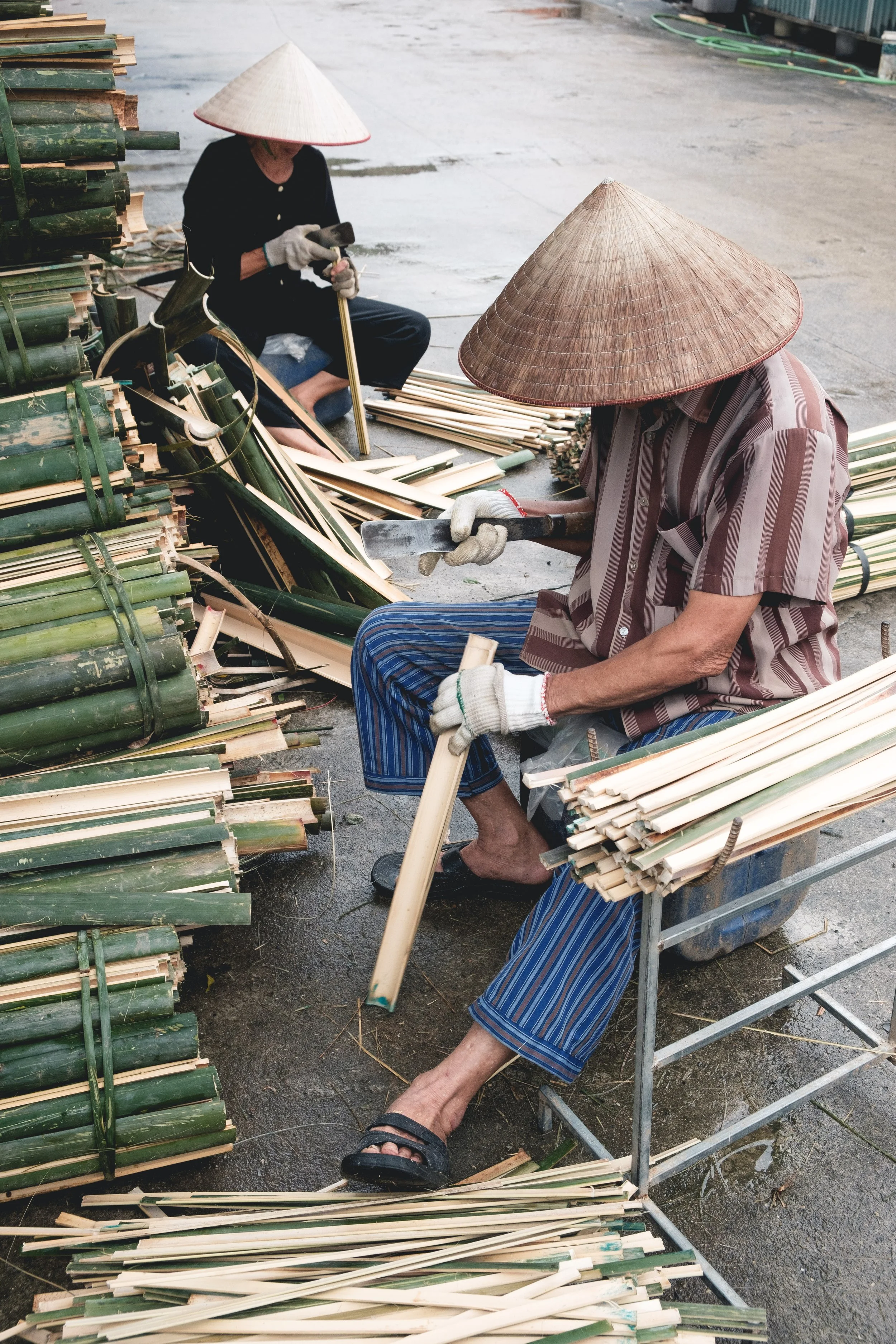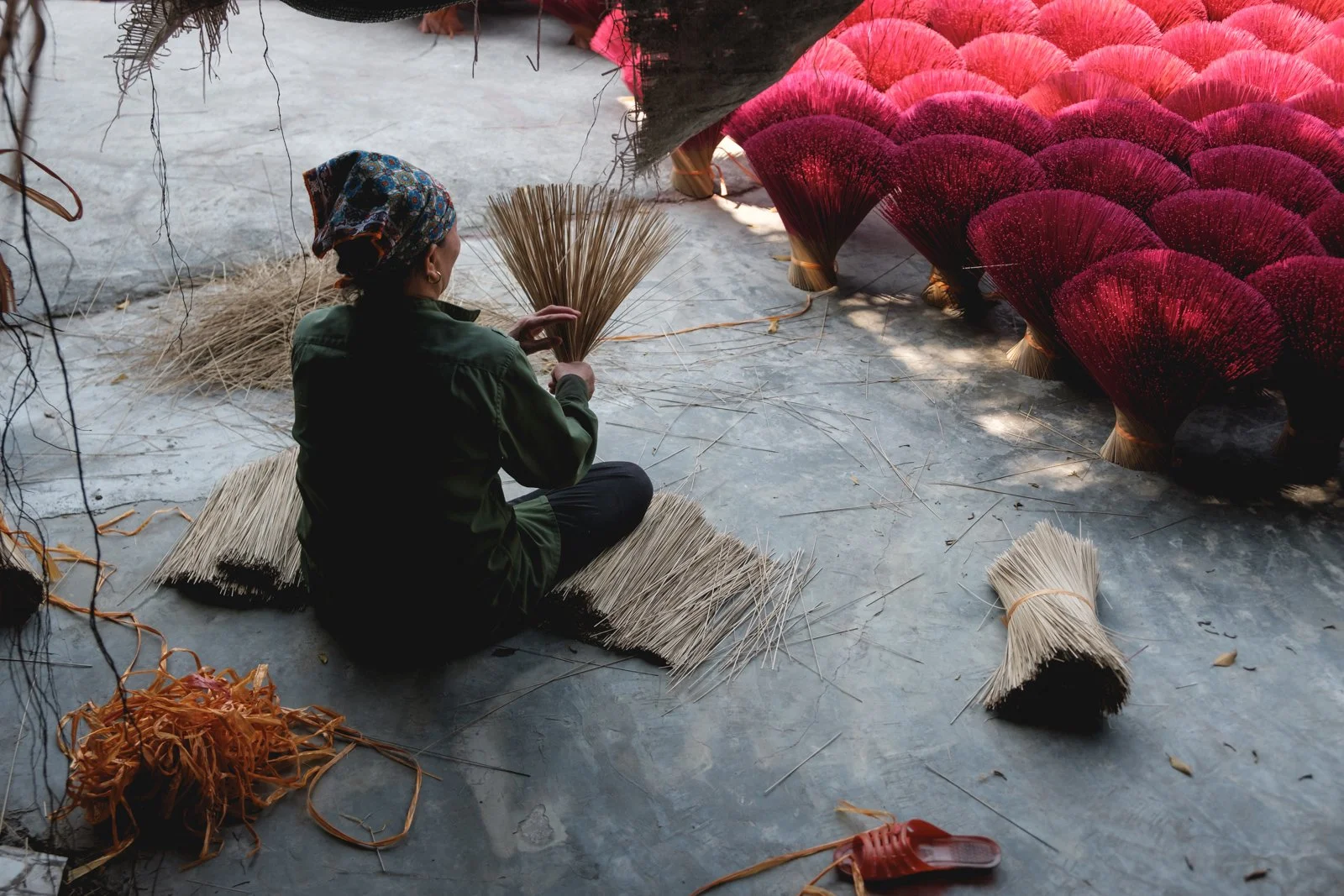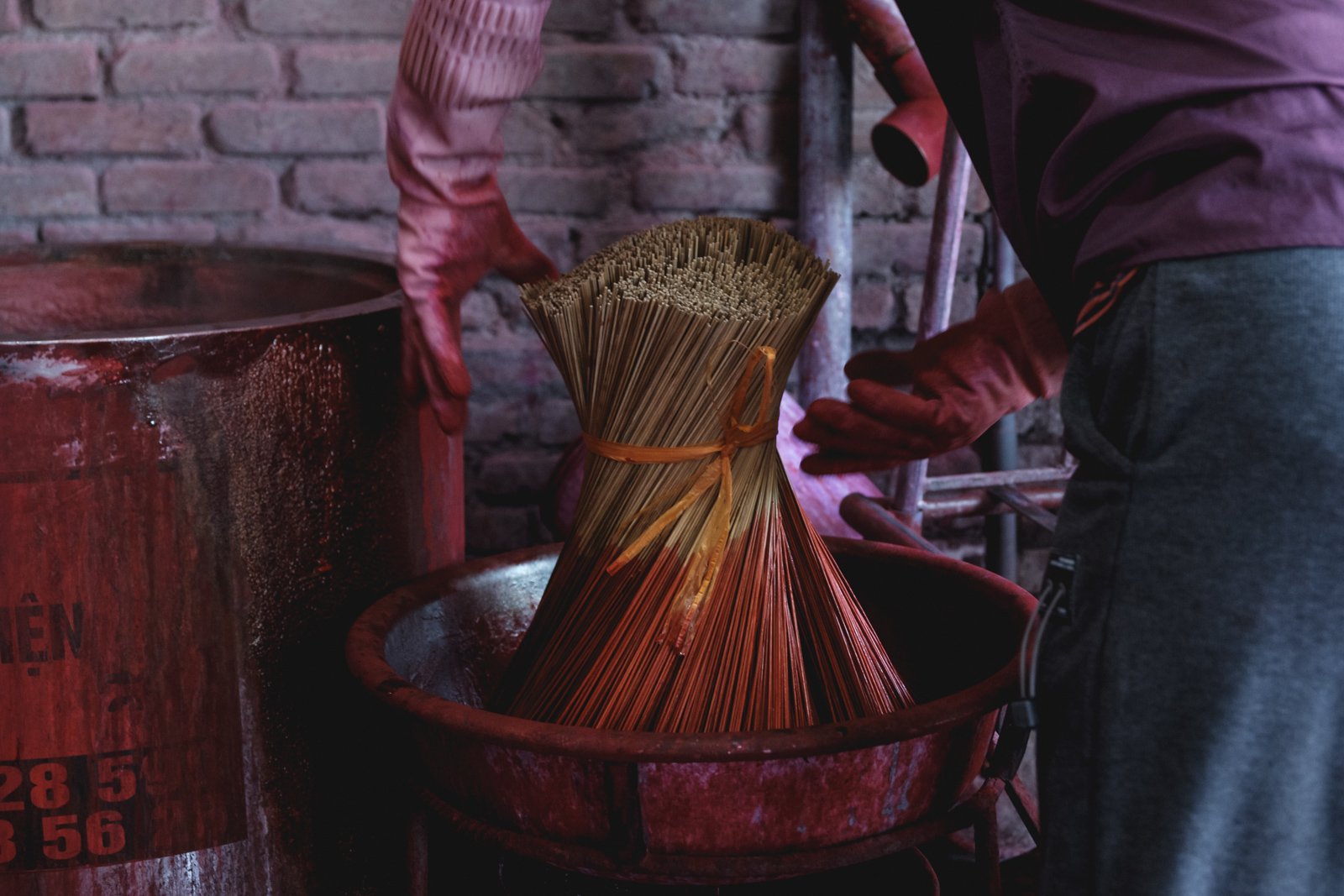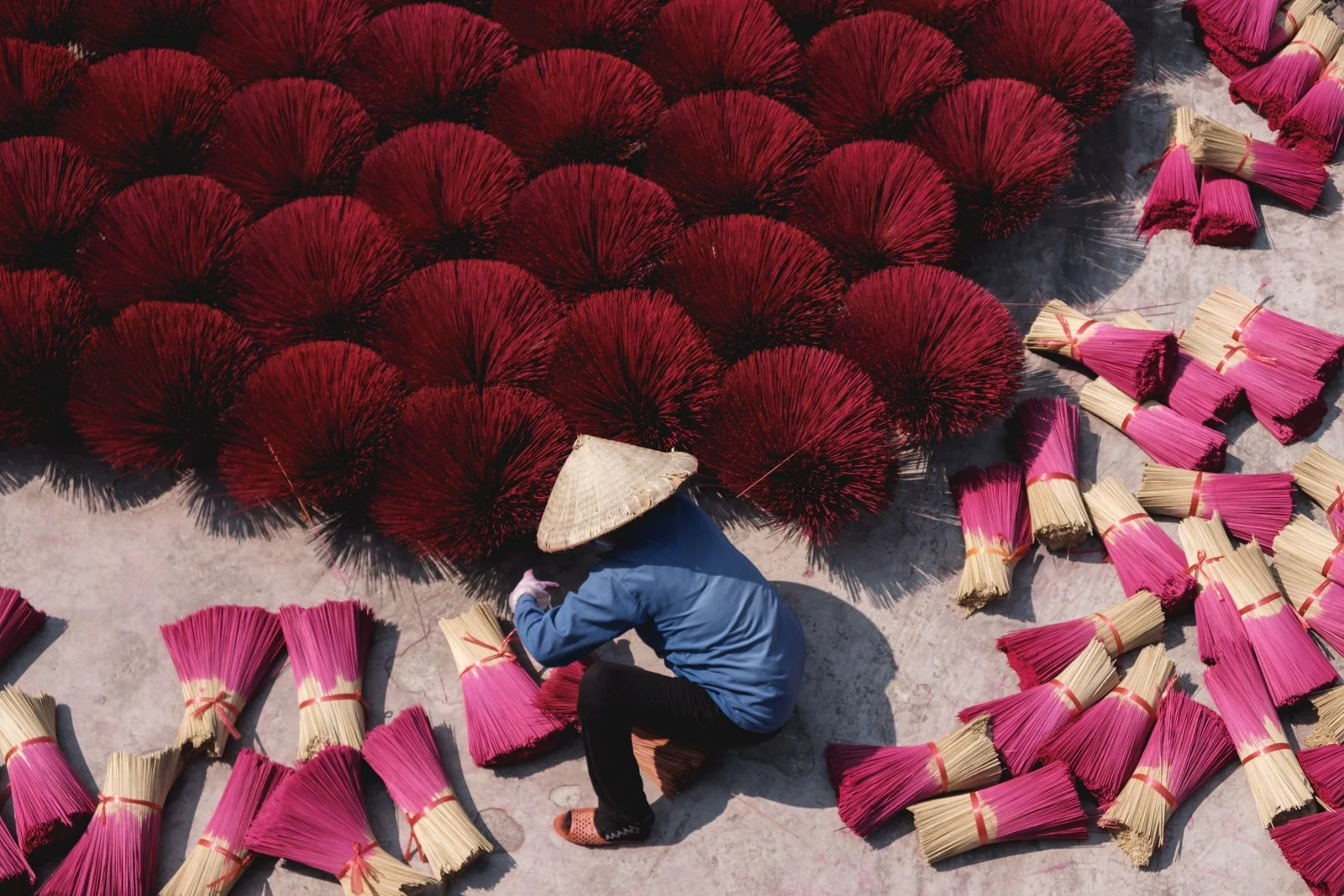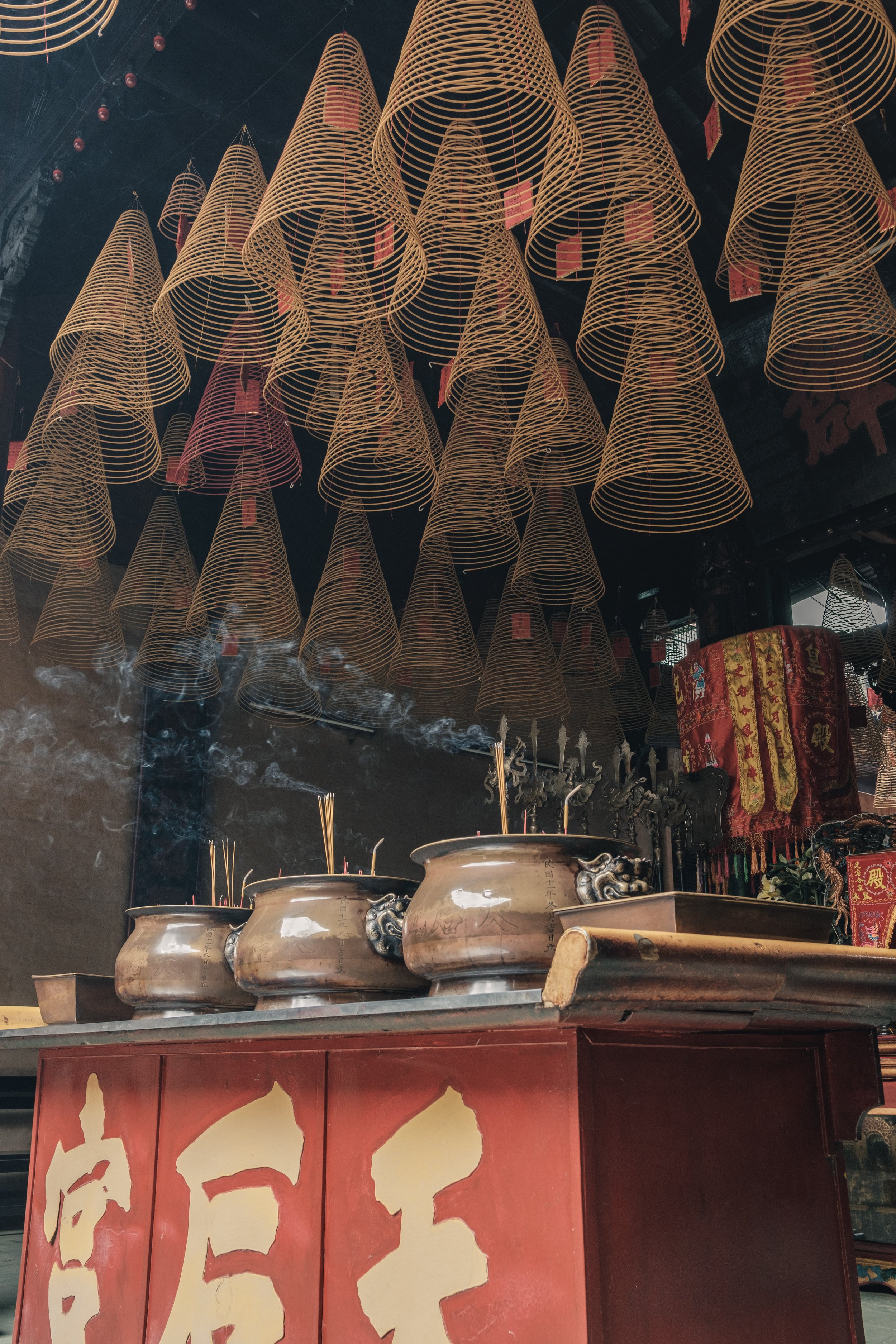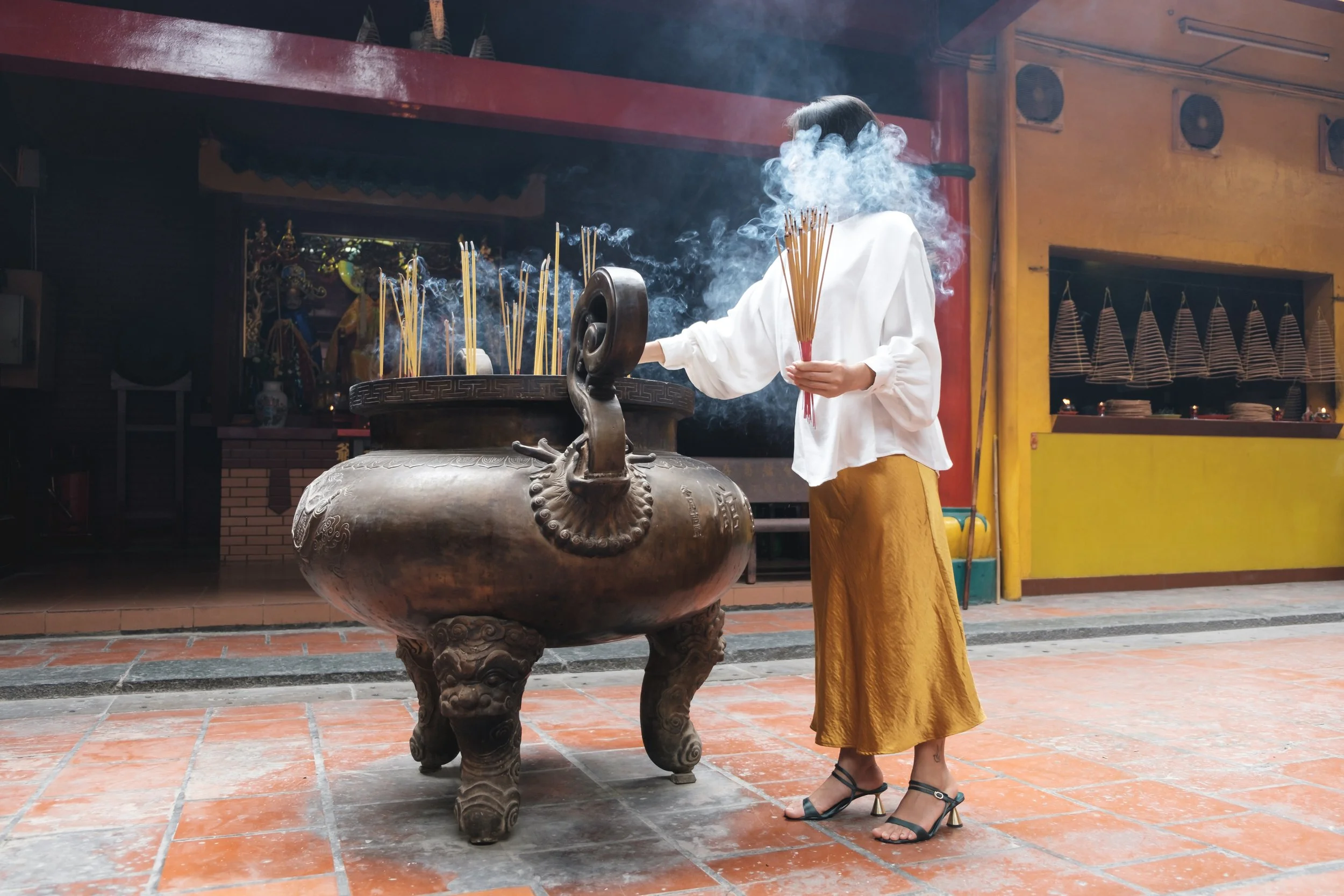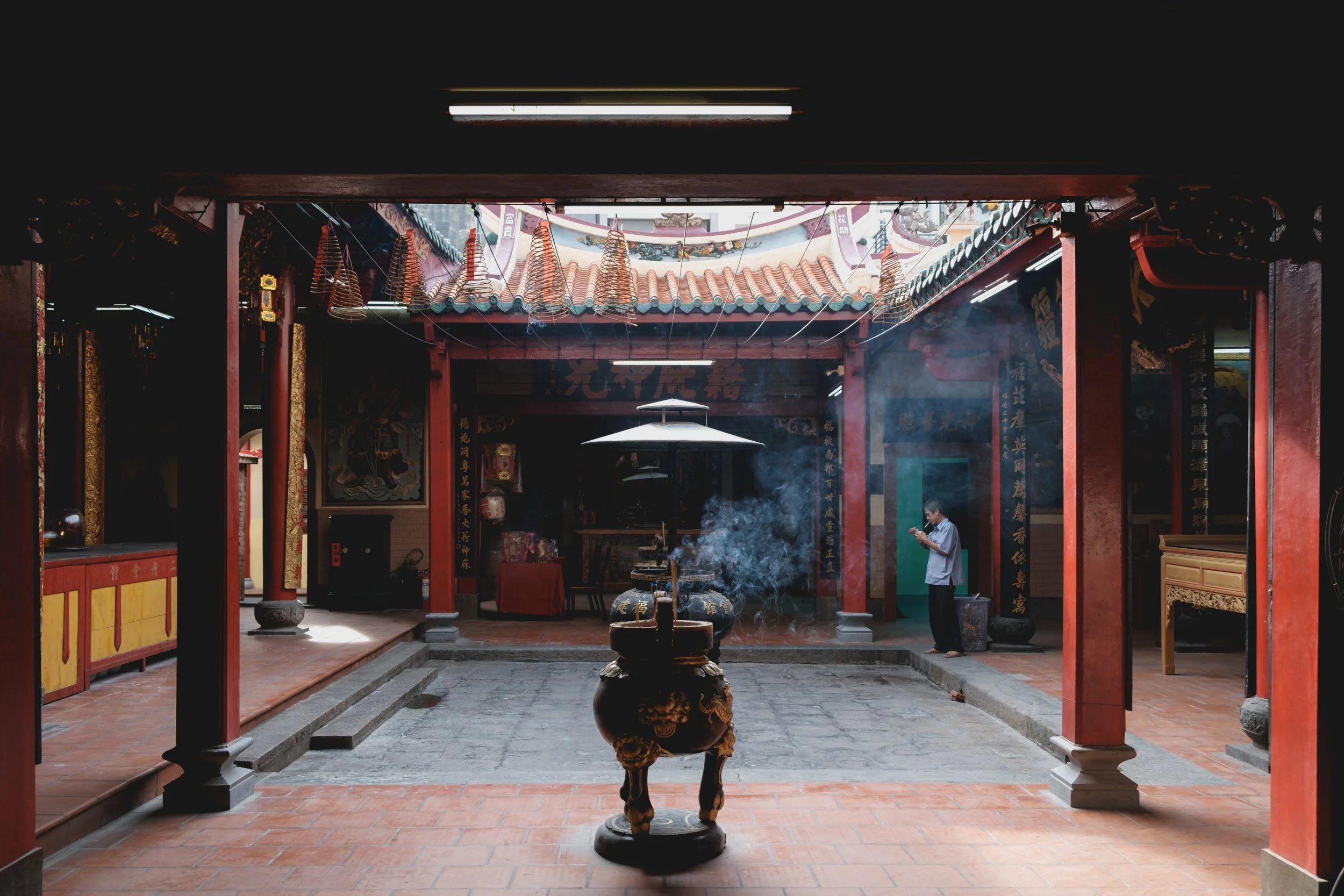From bamboo to altar: the incense journey
Vietnamese see the process of burning incense as a sacred ritual said to provide a bridge between the tangible life of human beings and the spiritual world of gods.
Deeply shaped by Confucianism, Taoism and Buddhism, most Vietnamese hold a solid belief in the existence of things that lie beyond human control such as destiny, life after death, karma, reincarnation, and more. Incense holds a central position within this spiritual heritage, serving as the conduit that enables a profound connection to the spiritual realm. Its journey from the humble bamboo plant to the revered altars is a tale that reflects the country's deep-rooted traditions and spiritual connection. In this blog post, we will embark on a journey ourselves, exploring the making of incense in Vietnam and uncovering its profound meaning in the lives of its people. The story begins with the bamboo plant, which grows abundantly across the country. Known for its versatility and strength, bamboo has been a crucial material for various aspects of Vietnamese life, including construction, crafts, and, therefore, incense production. The earliest forms of incense were often rudimentary, consisting of natural materials like herbs, resins, and aromatic woods, carefully selected and blended to create fragrant offerings.
The intricate process of incense production, spanning from the chopping of bamboo rods into small pieces to the final packaging, is far more complex than one might envision. Historically, the journey began with the purchase of bamboo trees, which were carefully soaked in water for several months before being skillfully cut into small pieces destined to become incense sticks. In modern times, this laborious task has been streamlined through mechanization, with machines now orchestrating the initial transformation. Following this phase, the resulting incense sticks undergo a quality control, where any substandard sticks are manually removed.
Chopping bamboo rods by hands. Nowadays, this work is usually done by machine
Selection process
Incense sticks are then dipped into colorful dyes
Simultaneously, the creation of a fragrant combustion paste takes place. Artisans carefully select and mix aromatic ingredients, sometimes including spices, flowers, and essential oils, to create distinct fragrances that evoke a sense of spirituality and tranquility. The final recipe is generally kept secret by families or factories. While previously a manual process, the application of this burning paste has also evolved, with machines now capable of seamlessly coating paste onto two or three sticks per second. Finally, dyeing bamboo incense sticks in various colors serves both practical and symbolic purposes, enhancing their visual appeal and cultural significance.
Burning paste is added to the other end of the sticks
Incense sticks are laid out outside to dry
Incense sticks can also be used as a camouflage by the local wildlife
Incense burning is a ritual deeply embedded in daily life and major events alike. Vietnamese people burn incense at home, in temples, and at communal spaces, such as pagodas and shrines, to pay homage to ancestors, deities, and spirits. I hope this article will help you to better understand the art of incense making and burning, which reflects the deep reverence that Vietnamese people hold for their ancestors, traditions, and the spiritual realm.

